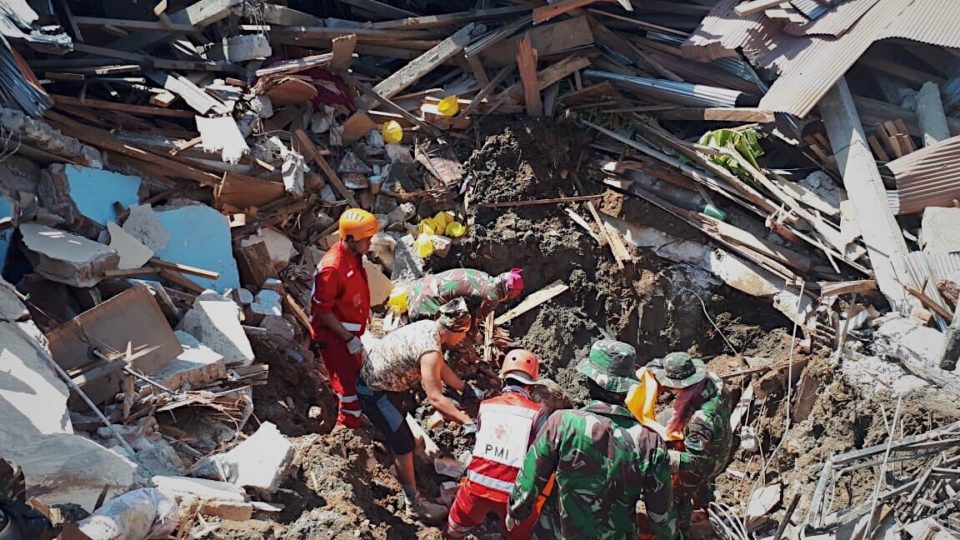As many as 5,000 people are believed missing from the quake and tsunami that struck Indonesia’s Palu city, an official said Sunday, an indication that far more may have perished in the twin disaster than the current toll suggests.
Indonesia’s disaster agency say they have recovered 1,763 bodies so far from the 7.5-magnitude and subsequent tsunami that struck Sulawesi on September 28.
But there are fears that two of the hardest-hit neighborhoods in Palu — Petobo and Balaroa — could contain thousands more victims, swallowed up by the ground as it engulfed whole communities.
“Based on reports from the (village) heads of Balaroa and Petobo, there are about 5,000 people who have not been found,” agency spokesman Sutopo Purwo Nugroho told reporters Sunday.
“Nevertheless, officials there are still trying to confirm this and are gathering data. It is not easy to obtain the exact number of those trapped by landslides, or liquefaction, or mud.”
Nugroho said the search for the unaccounted would continue until October 11, at which point they would be listed as missing, presumed dead.
The figure drastically increases the estimates for missing people since the disaster struck 10 days ago. Officials had initially predicted that some 1,000 people were buried beneath the ruins of Palu.
But the latest tally speaks to the considerable destruction in the worst-hit areas of Petobo and Balaroa as the picture on the ground has become clearer.
Petobo, a cluster of villages in Palu, was one of the worst-hit by the powerful quake and wall of water that devastated the coastal city.
Much of it was sucked whole into the ground as the vibrations from the quake turned soil to quicksand in a process known as liquefaction.
It was feared that beneath the crumbled rooftops and twisted rebar, a vast number of bodies remain entombed.
In Balaroa, a massive government housing complex was also subsumed by mud and rescuers have struggled to extract bodies from the tangled mess in the aftermath of the disaster.
Hopes of finding survivors have all but faded, as authorities moved closer to calling off the search for the dead and declare the devastated areas as mass graves.
“This is Day 10. It would be a miracle to actually find someone still alive,” Muhammad Syaugi, the head of Indonesia’s search and rescue agency told AFP.




